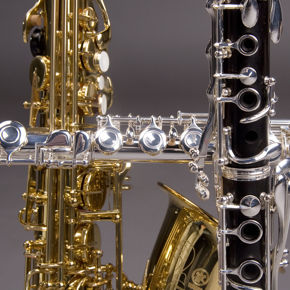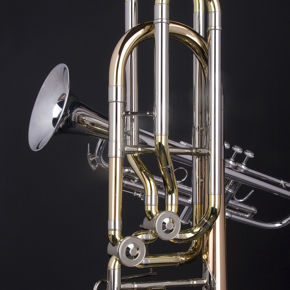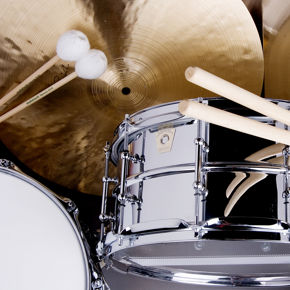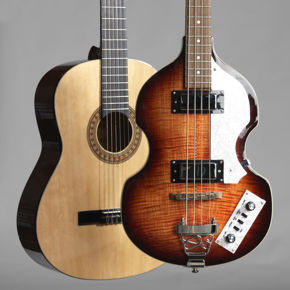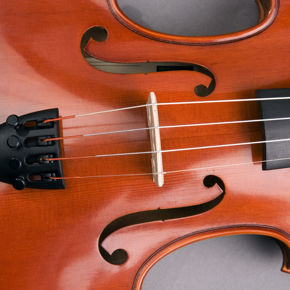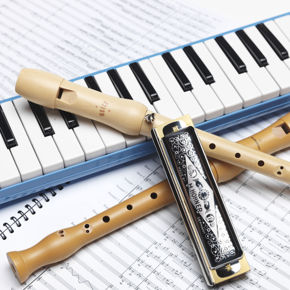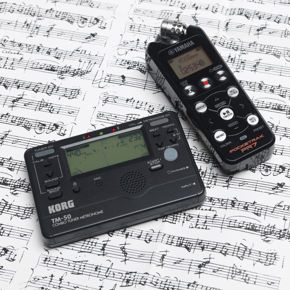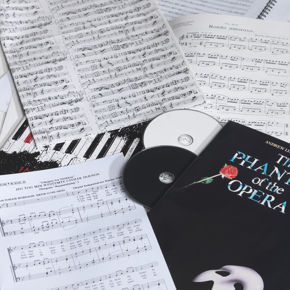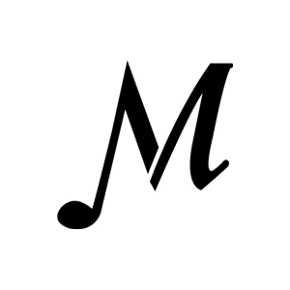Goedicke concert Etude
Instrumentation: Trumpet and Piano
Range: a - b flat'
Difficulty (I-VI): IV
Parts for: Trumpet in B flat or C
Series: Edward Tarr Brass/Russian Brass
Editor: Edward H. Tarr
The Composer Alexander Fyodorovich Goedike (1877-1957) grew up in a musicians' family of German origin. His grandfather Karl (dates unknown) was an organist and singing teacher. His father, Friedrich Alexander Paul (Fyodor Karlovich, 1839?) was an organist and pianist in the Bolshoi Theater in Moscow. Another Karl, perhaps a brother of his father's, is said to have been a trumpeter in the Bolshoi Theater Orchestra. He is said to have performed Tchaikovsky's "Neapolitan Dance" in 1876 in public, one year before the world premiere of the ballet Swan Lake in which this famous cornet solo is to be found. However this may be, Alexander Fyodorovich Goedike studied the piano at the Moscow Conservatory and in 1900, in Vienna, won the Rubinstein Composition Prize for his Concert Piece for piano, Op. 2/2 (1896). In 1909 he became professor of piano at the Moscow Conservatory, and in 1919 for organ and chamber music. His training as a composer, on the other hand, was informal; Tanayev advised him. As a highly respected organist and teacher, Goedike represented the classical direction, oriented on the German model, and influenced an entire generation of organists in the Soviet Union. Besides numerous organ works, Goedike composed four operas, three symphonies, various overtures, vocal works, and chamber music. In addition, he wrote one concerto each for piano (Op. 11, 1900), organ (Op. 35, 1927), horn (Op. 40, 1929), trumpet (Op. 41, 1930), and violin (Op. 91, 1951).
The Concert Etude, Op. 49, and Its Background
Goedike wrote his Concert Etude, Op. 49, in 1936, at a time in which the Russian trumpet school was entering a period of change. Until then Russian trumpeters, coming from the schools of Wilhelm Wurm (1826-1904) or Willy Brandt (1869-1923), had worked under the influence of the German school of playing. Bflat trumpets with rotary valves were the norm. The famous teacher Mikhail I. Tabakov (1877-1956), Brandt's pupil and successor as principal trumpeter in the orchestra of the Bolshoy Theater, played on a Bflat trumpet made by Zimmermann, and his pupil Timofey Dokshidzer (1921) first learned on a Bflat cornet by Alexander both of these instruments having rotary valves. When the Concert Piece was being written, trumpets with Périnet valves were a novelty in Russia. In June 1934, a Russian delegation looking for highquality instruments, had just left New York. Vincent Bach (1890-1976), who had built trumpets since 1924 and tenor and bass trombones since 1928, perceiving a business opportunity, followed the group to Europe with a Bflat trumpet and a tenor trombone. The Russians were impressed, but they also required Tabakov to have a longer opportunity to test the instruments under working conditions. Thinking to himself that he would never see his instruments again, Bach withdrew, but left them in Moscow. Imagine his surprise more than a year later when he received an order from Russia for 36 trumpets and trombones. That was the beginning of the Bach tradition in Russia. Admittedly, as in Germany, these trumpets were first disdainfully termed "jazz trumpets", but it was not long before they were fully integrated into the classical symphony orchestra, a situation found still today.
One of the first Russian trumpeters to utilize a B flat trumpet with Périnet valves in the symphony orchestra was Sergey Nikolayevich Yeriomin (1903-75). Yeriomin, a Tabakov pupil who in 1928 had been his teacher's successor in the orchestra of the Moscow Bolshoi Theater, had a long pedagogical career at the Moscow Conservatory: first (1932) as a teacher, then in 1935 as "docent", and from 1939 as professor, a position he retained until 1970. He was known for his strong lips and his brilliant tone. It was for Yeriomin that Goedike composed both his trumpet concerto and the present Concert Etude. This does not mean, however, that Yeriomin already played Goedike's Concert Etude on an American trumpet. It is more probable that he was still using a German trumpet at this time for this kind of music. A trumpet with rotary valves is therefore the first choice for this piece. The only trumpet part included in the original edition is in sounding pitch. This does not mean, though, that the part is to be played on a C trumpet. On the contrary: all Russian trumpeters of Yeriomin's generation were used to transposing such parts on their Bflat trumpets. It was not until much later that trumpets in higher pitches were gradually introduced in Russia. Even later pieces from the French school conceived for the C trumpet were played on Bflat instruments; there is even a Russian edition of the Tomasi concerto of 1948, made by none other than Yeriomin, with the solo part not in C, but B flat. The light, ethereal character of the main theme, which resembles a Mendelssohn scherzo, requires a similar manner of playing.
The Edition
In the present edition the trumpet part is in B flat; in the score it appears in sounding pitch. The original trumpet part was on three pages, but here it is on two, to eliminate an annoying page turn. Various editions of this work can be found on the market today. In most of them, additions by later editors can be found, mainly additional small dynamic indications in both parts and additional sixteenth notes in the trumpet part (to give still more opportunities for double tonguing, rather than leaving such matters up to the soloist). They have been eliminated from the present musical text without further comment. At the same time, we have corrected certain printer's errors, inconsistencies, and omissions found in the original edition (and some of the modern ones). All of these are accounted for in the List of Corrections.

